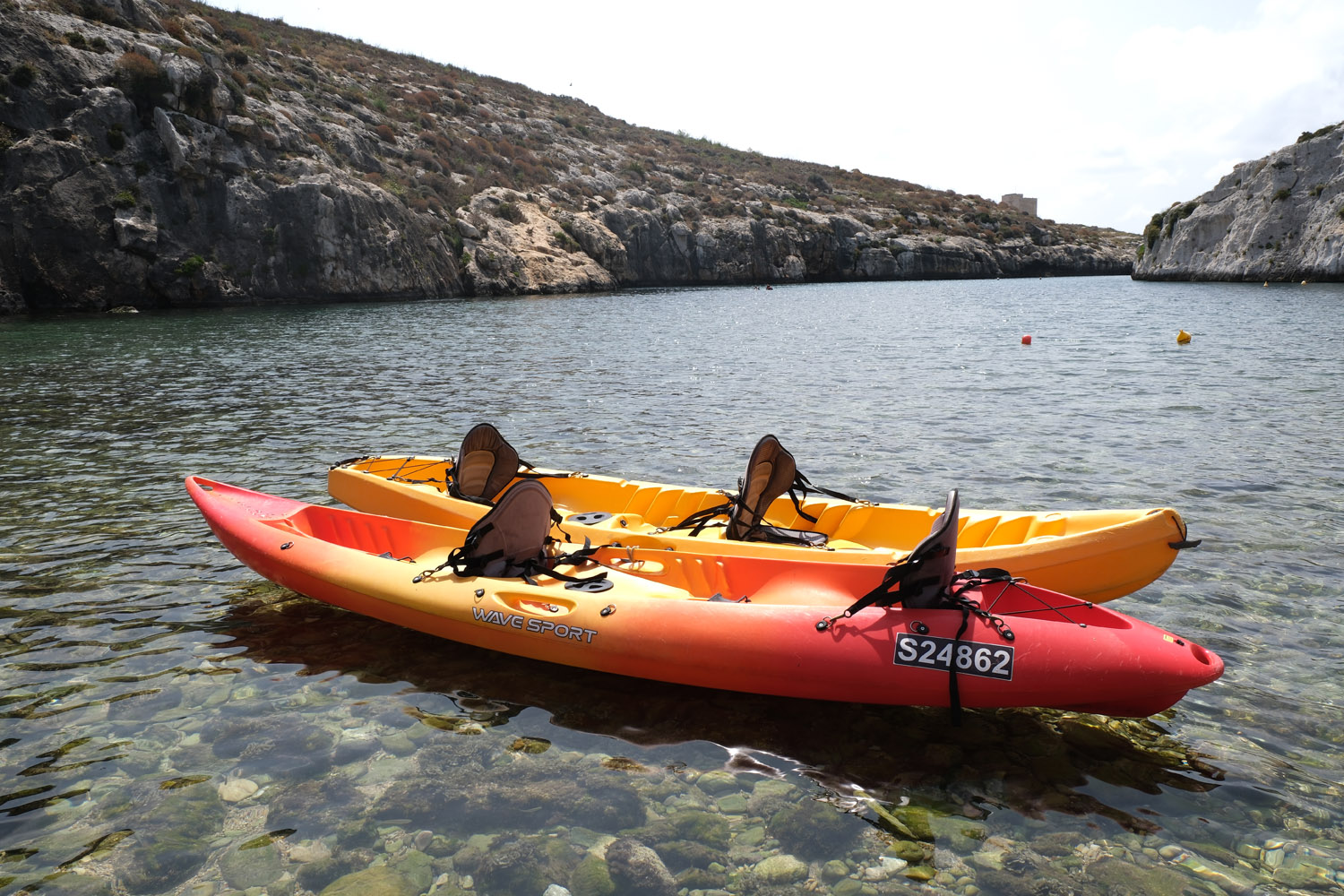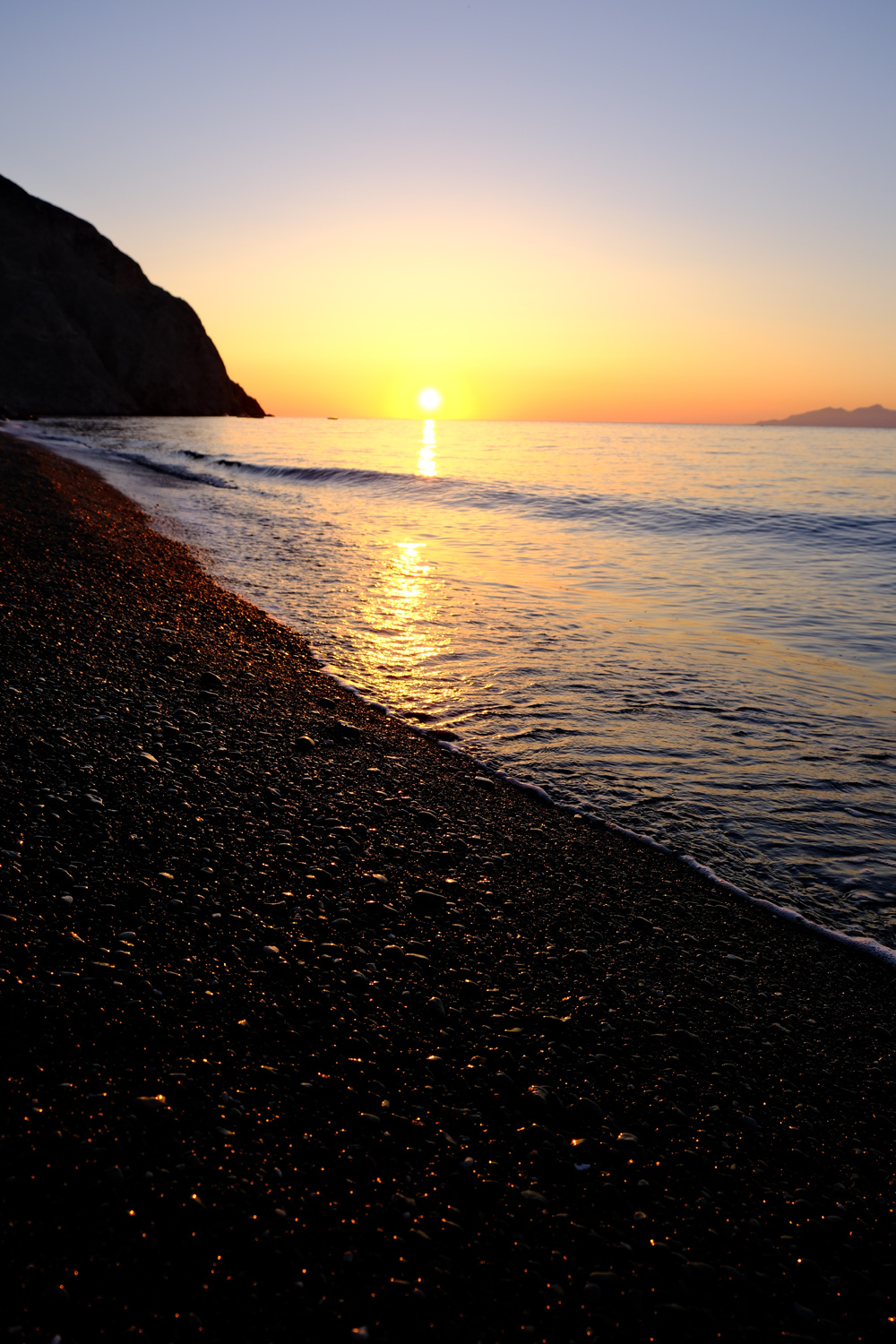Fujifilm X-S20 review: your journey starts here
Photographers looking to step up from their smartphone have a new APS-C option

Today’s ‘entry-level’ mirrorless cameras are nothing of the sort. Now that your phone can take a perfectly serviceable snap, attainable models have to please creators, vloggers and movie makers looking for more features – not just photographers looking to get their first taste of interchangeable lenses. The X-S20 is Fujifilm’s attempt to tick all those boxes, by inheriting features from the firm’s higher-end models.
This accessible all-rounder CSC shares its image processor with the more manual-minded X-T5, a battery that promises double the shooting time of the outgoing X-S10, and a dedicated vlog movie mode – but doesn’t overdo it with dials for a more user-friendly first experience. At $1299/£1249 body-only it’s still a significant investment for a starter snapper, but there’s plenty here to earn it widespread appeal with enthusiasts.
Design & build: keep it in the family



Take a quick glance at the X-S20 and you’d have a hard time telling it apart from its predecessor. Both it and the X-S10 have a near-identical layout, with a single mode dial and three unlabelled command dials taking the lion’s share of the top plate. They’re not as in-yer-face as the labelled aperture, shutter speed and exposure compensation dials seen on the X-T5, although photographers can use them in pretty much the same way.
The overall shape hasn’t changed very much, with a slightly tweaked hand grip being the only difference that stood out to us. This is still a satisfyingly svelte camera, weighing just 491g before you fix an X-mount lens to the front – of which Fuji offers many. We had no complaints after having it slung over our shoulder across multiple days of shooting.
Pay close attention to the mode dial and you’ll spot one notable new addition: a dedicated vlog mode, which is a first for any Fuji camera. It puts useful features just a tap or two away on the LCD viewfinder, including a product priority mode that overrides the camera’s face and eye autofocus when presenting something to camera. There’s also a background defocus mode that can disguise a cluttered set or shooting location without needing a wide aperture lens. Both were pretty effective in our testing, and could come in handy for any budding YouTubers.
The 3in vari-angle LCD touchscreen display can be flipped out and rotated for selfie framing, or turned inwards so the panel is protected while the camera is in your bag. That makes it a lot more flexible for filming than the 3-way LCD seen on the X-T5, if not quite as subtle for low- or high-angle shooting. It doesn’t get super-bright, so we got more use out of the 2.36-million dot OLED electronic viewfinder, which is much easier for composing shots in sunny conditions.
We’re also big fans of the rubberised texture that covers most of the camera; it’s super-grippy and shouldn’t get grubby over time, even if you’re regularly exposing it to the elements. The metal top plate also makes it feel every bit as high-end as Fuji’s more expensive models.
Features & battery life: serious stamina



By using the same battery as the X-T5 and X-H2, Fuji has essentially doubled the X-S20’s shot lifespan compared to the outgoing X-S10. That bore out in our testing, where a day of extended use saw our shot count approaching 400 and the camera was still indicating it had more than 50% in reserve. That stayed consistent after a week of testing.
Video takes a bigger bite out of your remaining juice, with continuous 6.2K recording depleting a fully-charged battery in a little under an hour and a half. That should still be plenty for the stop-start nature of B-roll capture, and if you can’t nail your lines by the time it’s out of pep maybe you need to up your presenting game. A USB-C charging port means you can top up using a portable power bank if you’re running low while out on a shoot without any spare batteries, or access to a plug socket.
Videographers will appreciate the separate 3.5mm microphone and and headphone monitoring ports at opposite sides of the camera. They make it easy to attach an external mic and pair of headphones without cables tripping over one another. Naturally it’s a hot shoe mount at the top, rather than a cold shoe, so you can use powered accessories.
It’s no surprise to see Fuji fit a single UHS-II SD card slot; dual slots and faster CF Express cards are largely aimed at pro-grade equipment, and the S-X20 is more mainstream. It’s still plenty for a second of burst shooting using uncompressed RAW, even at the camera’s fastest setting.



The all-new Fuji XApp smartphone companion app makes file transfers a breeze, too. It’s a huge improvement over the outgoing app, taking just a few moments to set up then automatically connecting and beaming photos once you tap an onscreen notification. You can pick between full resolution or resized, if you’d like to save space on your phone. It can also act as a remote shutter, keeps a timeline of shooting locations, geo-tags your images using your phone’s GPS data, and handles OTA firmware updates too.
Performance: firmly in focus



Fuji wanted the X-S20 to have broad appeal, rather than specialise in one type of photography, so it doesn’t go overboard with a high pixel count sensor or insanely fast continuous shooting – but it hardly skimps in those areas either. The 26.1MP X-Trans 4 is a tried-and-tested sensor, with 7 stops of five-axis in-body image stabilisation. While it won’t preserve as much detail as an X-T5 or X-H2, the X-Processor 5 imaging engine promises to boost high ISO and low light performance, with far less picture noise than the X-S10.
With the mechanical shutter enabled, the X-S20 can rattle off eight frames per second, but switch to a cropped sensor and electronic shutter, and it can pull off 30fps. That should be more than enough frames for learner photographers to nail their shots, without filling up entire memory cards with absent-minded squeezes of the shutter button.
The image processor’s unnervingly accurate face and eye autofocus put in a good showing during our testing, almost instantly recognising people and pets. Every camera manufacturer’s subject detection algorithms have taken a step up in recent years, but Fuji’s remain consistently near the top.
On the video front, the sensor/image processor combo can handle 6.2K/30p recording, or you can step down to 4K/60p or 1080/240p – covering most bases for vloggers and content creators. It’ll do native 4:2:2 10-bit recording, or ProRes and Blackmagic Raw over HDMI to an external recorder. Recording time is only limited by battery life and memory card capacity, though you may need to invest in the bolt-on fan accessory for long recording sessions in hot climates.
Stills and video quality: more to offer than auto



Our extended week of testing used Fuji’s XF 18-55mm lens and the newly launched 8mm f/3.5 ultra wide angle prime (more on that below), with a camera running final production firmware. While the below sample pictures have been resized from their native resolution, they should still be a good reflection on what customers can expect when the X-S20 goes on sale.
The 26.1MP sensor is able to resolve plenty of detail using the zoom lens, while Fuji’s colour science is still wonderfully vibrant and engaging. Dynamic range is very good for the most part, exposing even trickily-lit scenes accurately, although the brightest sunshine can still prove a challenge for the Auto mode. It’s nothing some manual tweaking can’t remedy, though. White balance and metering were equally on point. Low light performance is very good indeed, controlling image noise effectively even as you bump up the ISO value.



















As ever, Fuji’s RAW mode leaves lots of wiggle room in editing to really boost shadow details, without introducing artefacts or blowing out the image information.
Naturally Fuji’s film simulation modes make a return, adding some extra vibrance or atmosphere to your shots in a way that isn’t extreme like an Instagram filter. There are 19 to choose from now, including the Nostalgic Negative found on pricier Fuji models. We’re huge fans of the contrast-heavy monochrome mode, which has several options to up the impact of landscapes and portraits respectively by playing with shadow depth and highlights.
Shoot in Auto mode and leave film simulation in Auto as well and it’ll use scene recognition to pick an effect and apply it automatically to your snaps – although we preferred being able to choose which pics got the film simulation treatment, so tended to stick with the Standard setting for most of our shooting. Use RAW+JPEG shooting and the RAW file will retain the scene’s original colour info, in case you want to edit or go with a different treatment in post.






As a vlogging camera the X-S20 gets plenty right. The F-Log2 recording format provides 13+ stops of dynamic range, which is perfect for colour-grading later, and the in-body stabilisation helps keep camera shake under control even while filming handheld. It’s not going to replace a dedicated gimbal for panning or walking shots, but cops just fine for arm’s length shooting at walking pace. We did spot a fair bit of autofocus pulsing, even with subject detection disabled, so you may want to lock with manual focus when filming landscapes or scenes without people in them.
The Vlog mode itself is also suitably novice-friendly. The product showcase function tracked incoming objects quickly, then returned to our face almost as soon as they left the frame again.
It might not be a stills photographer’s first purchase, but Fuji’s new $799/£799 ultra wide angle prime lens is a must-buy for vloggers. The XF 8mm F3.5’s focal length is equivalent to 12mm in the 35mm format, with a 121 degree-diagonal viewing angle that can fit an absurd amount of a scene into each shot. You can also get impressively close to a subject and still manage to fit it in the frame, albeit with drastically warped proportions (just look at the 4×4 in the pictures below).



We were impressed by the level of sharpness on display, even at the outer edges of each shot, and the sensible aperture is a great fit for capturing wide vistas or dramatic landscapes.
As with any ultra wide angle you risk losing your subject to the wider scene unless you can get closer to it (see the salt beds in our example shots, which looked far more dramatic in person) but we loved its ability to add context to a shot (including part of the 4×4 we were riding in while trailing another on a cliffside road).






The lens is weather sealed, so didn’t struggle in adverse conditions, and uses a fairly common 62mm filter thread. Photographers with an existing kit bag might find they have a suitable filter on hand already.
Fujifilm X-S20 verdict

We had a feeling the Fujifilm X-S20 was a real Goldilocks CSC with just a day or two of testing at the camera’s launch; now after several weeks of extended shooting, our hunch has been confirmed. This is a fast focusing, rapid firing stills shooter that captures plenty of detail, and a flexible movie maker with modes to please both vloggers and those who prefer to stay on the other end of the lens.
It doesn’t focus too heavily on one style of photography like some rival cameras do, but doesn’t spread itself too thinly either. Film simulation will please the instagram generation, and the rebuilt companion app is perfect for quickly sharing snaps to social media right out of the camera.
Yes, at $1299/£1249 body-only the X-S20 is considerably pricier than the Canon EOS R10 – but that camera does without in-body image stabilisation, isn’t as adept at video, and has a smaller selection of lenses to choose from. It’s more closely matched on price to the Panasonic GH5 II, Sony A6600 and OM System OM-5 – which are all beginning to show their age. Fuji’s wide selection of lenses provide more upgrade potential than Nikon’s APS-C mirrorless offerings, and unlike some alternatives the X-S20 has enough features that you won’t feel the need to change camera bodies any time soon.
Creative types looking for a first step camera should stick it near the top of their shopping list.
Stuff Says…
The perfect jumping off point for enthusiasts, with some of the best all-round ability you’ll find anywhere in its price range, for both stills and video.
Good Stuff
Oustandng APS-C image qualiy in all lighting conditions
A capable video camera with useful vlogging features
Wonderful ergonomics and straightforward UI
Bad Stuff
Single card slot and no weather sealng
Minor autofocus issues in video mode
Fujifilm X-S20 technical specifications
| Sensor | 26.1MP APS-C |
| Lens mount | Fuji X-mount |
| ISO range | ISO 80-51200 (extended) |
| Continuous shooting | 8fps (mechanical) 30fps (electronic) |
| Video recording | 6.2K/30, 4K/60, 1080p/240 |
| Screen | 3.0in, vari-angle LCD |
| Viewfinder | 2.36m-dot EVF |
| Storage support | SDXC UHS II |
| Connectivity | Micro HDMI, USB-C, microphone in, headphone out, Wi-Fi, Bluetooth |
| Dimensions | 128x85x65mm, 491g (body only, including battery) |
